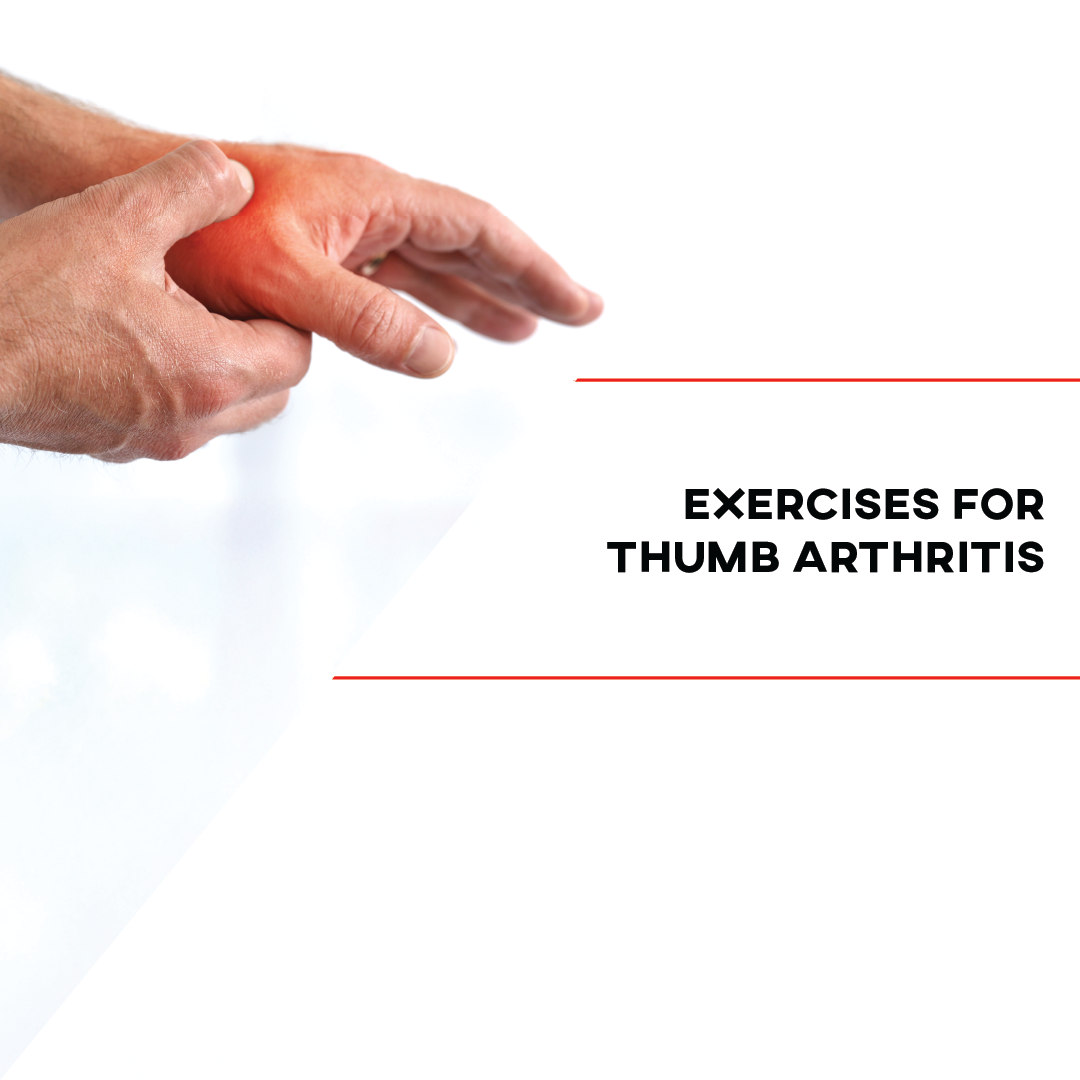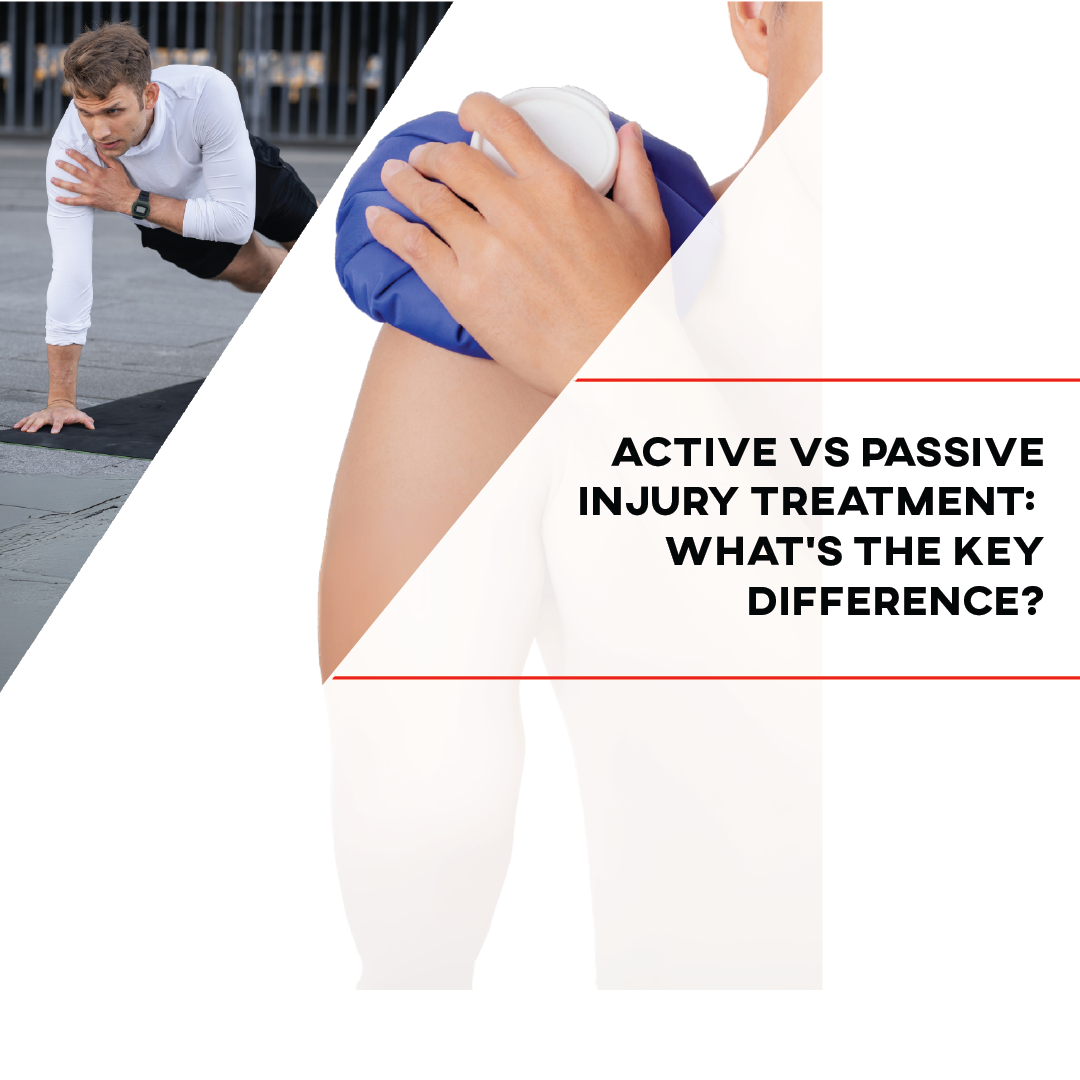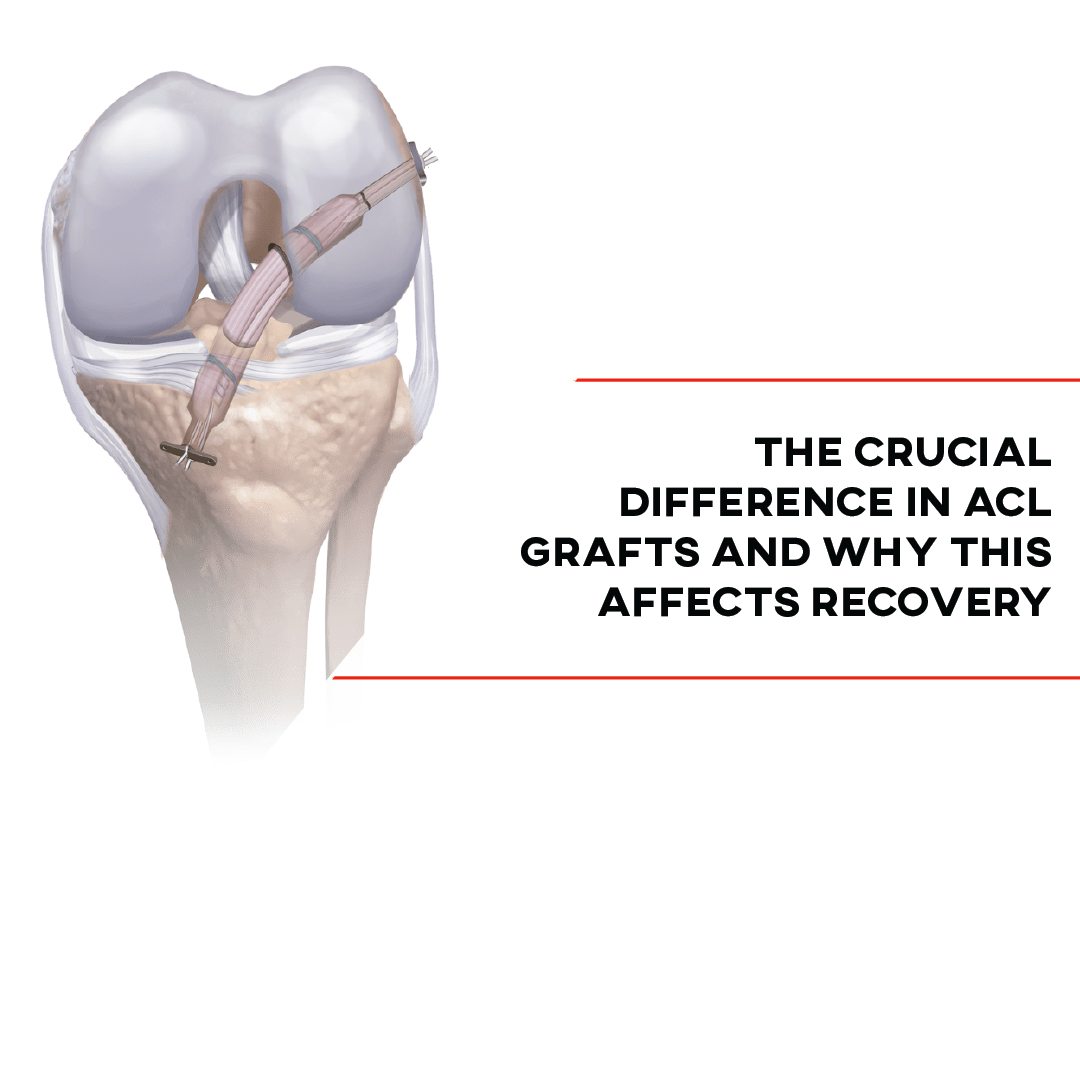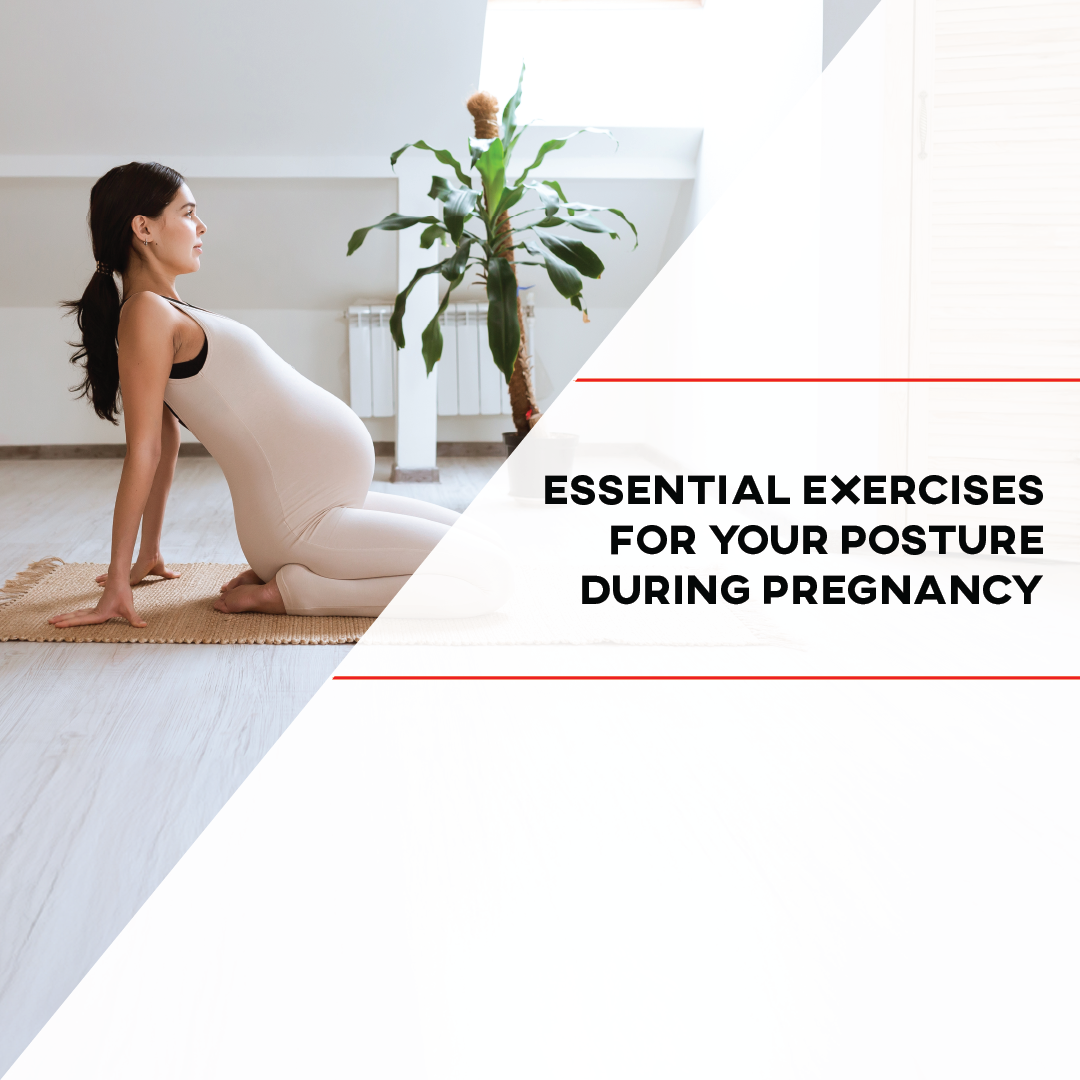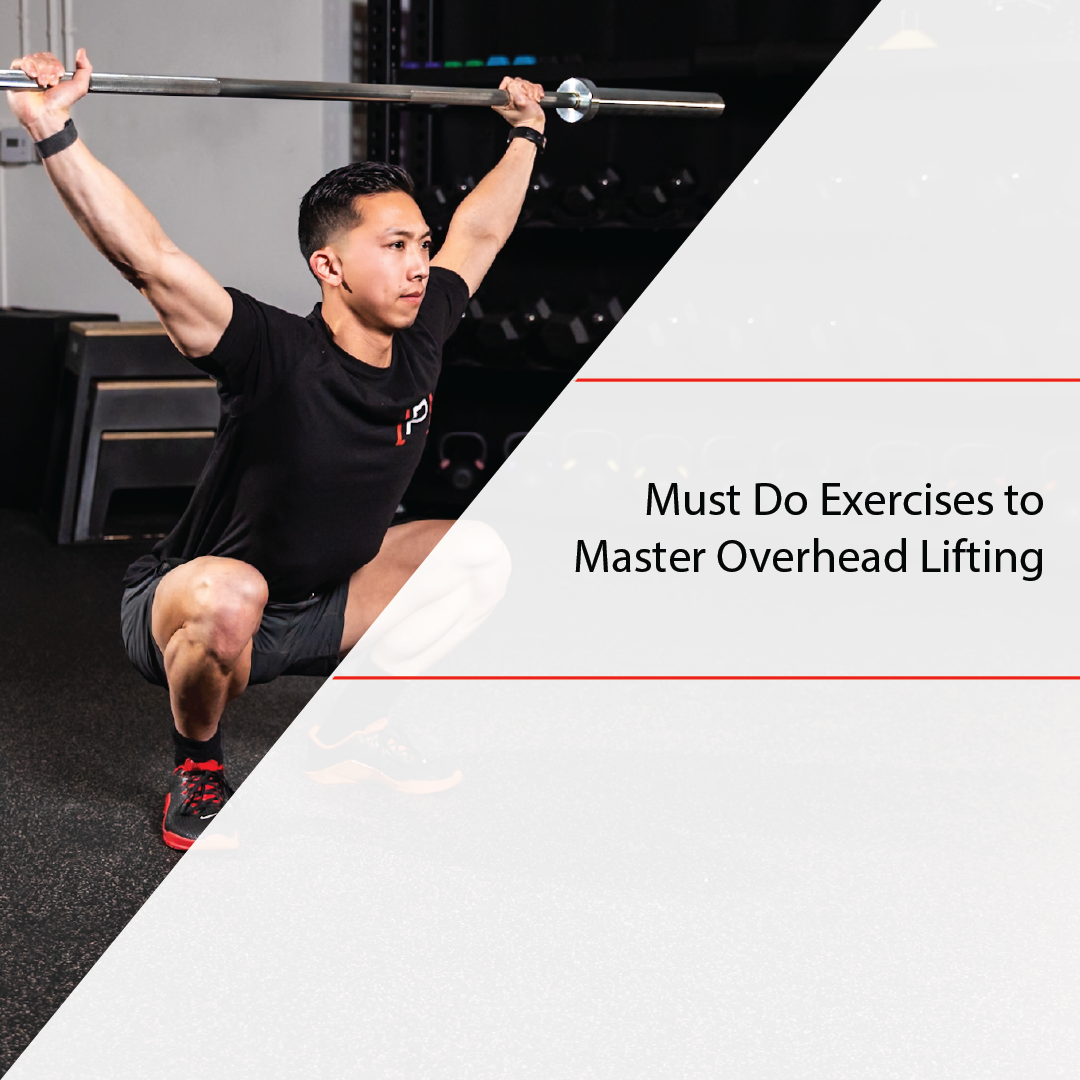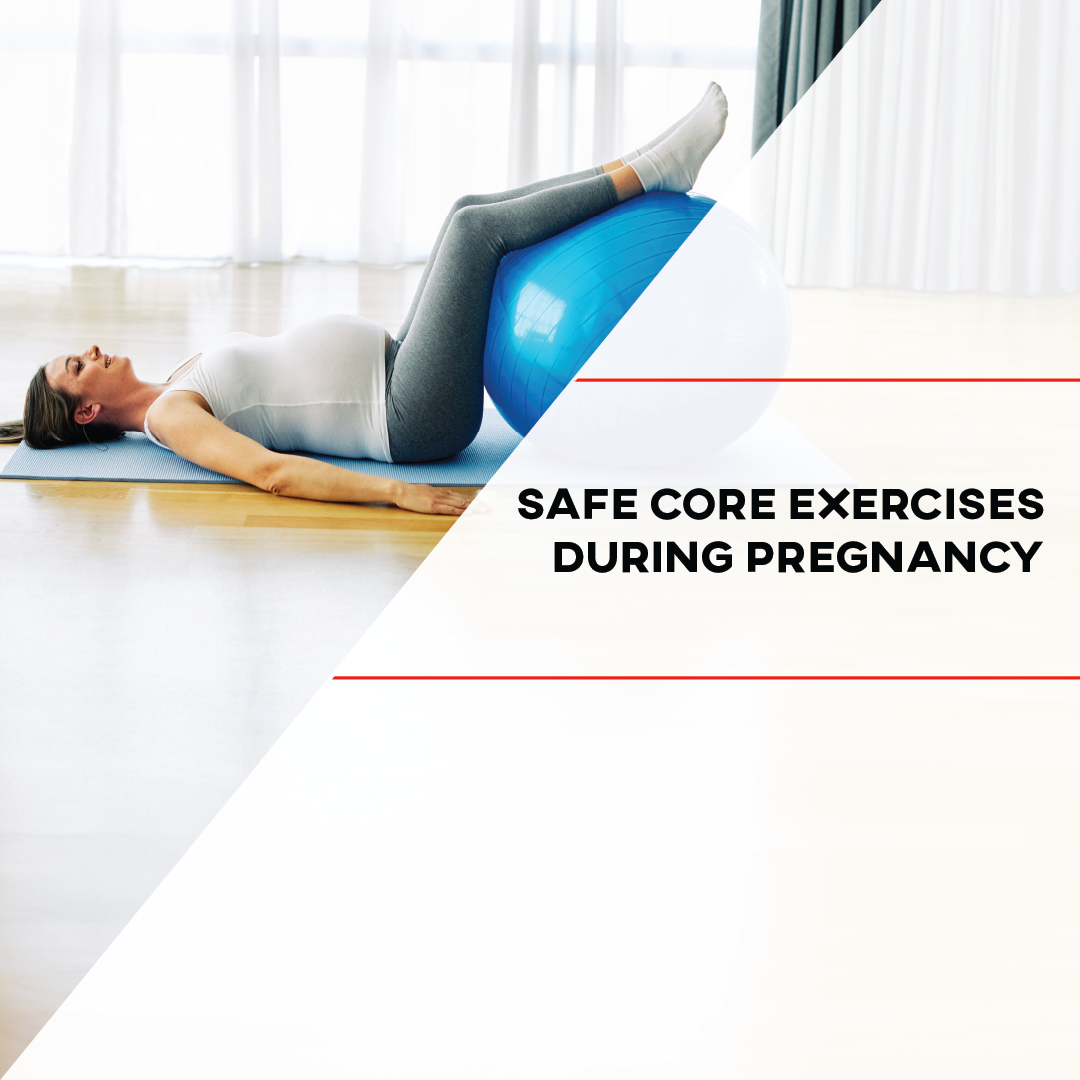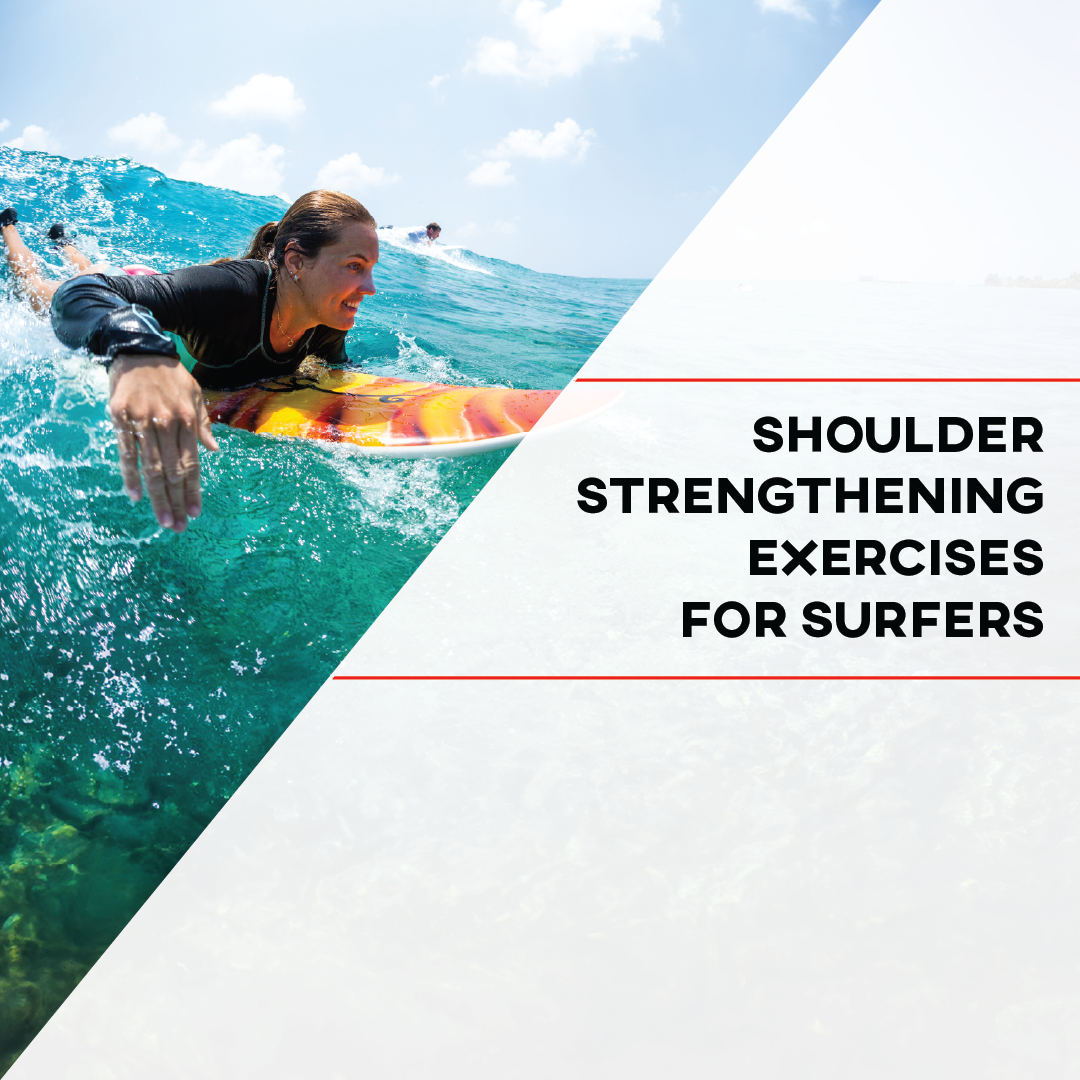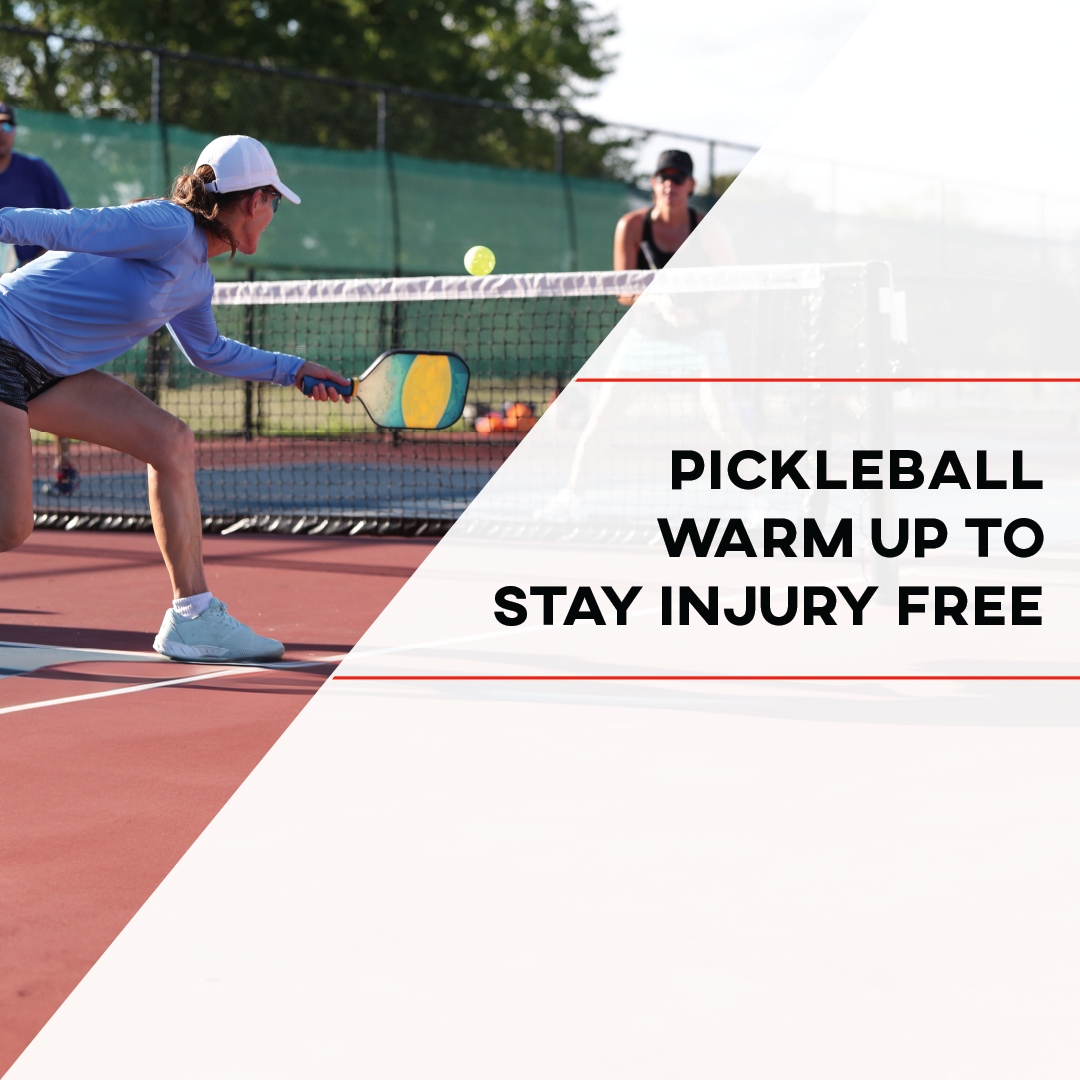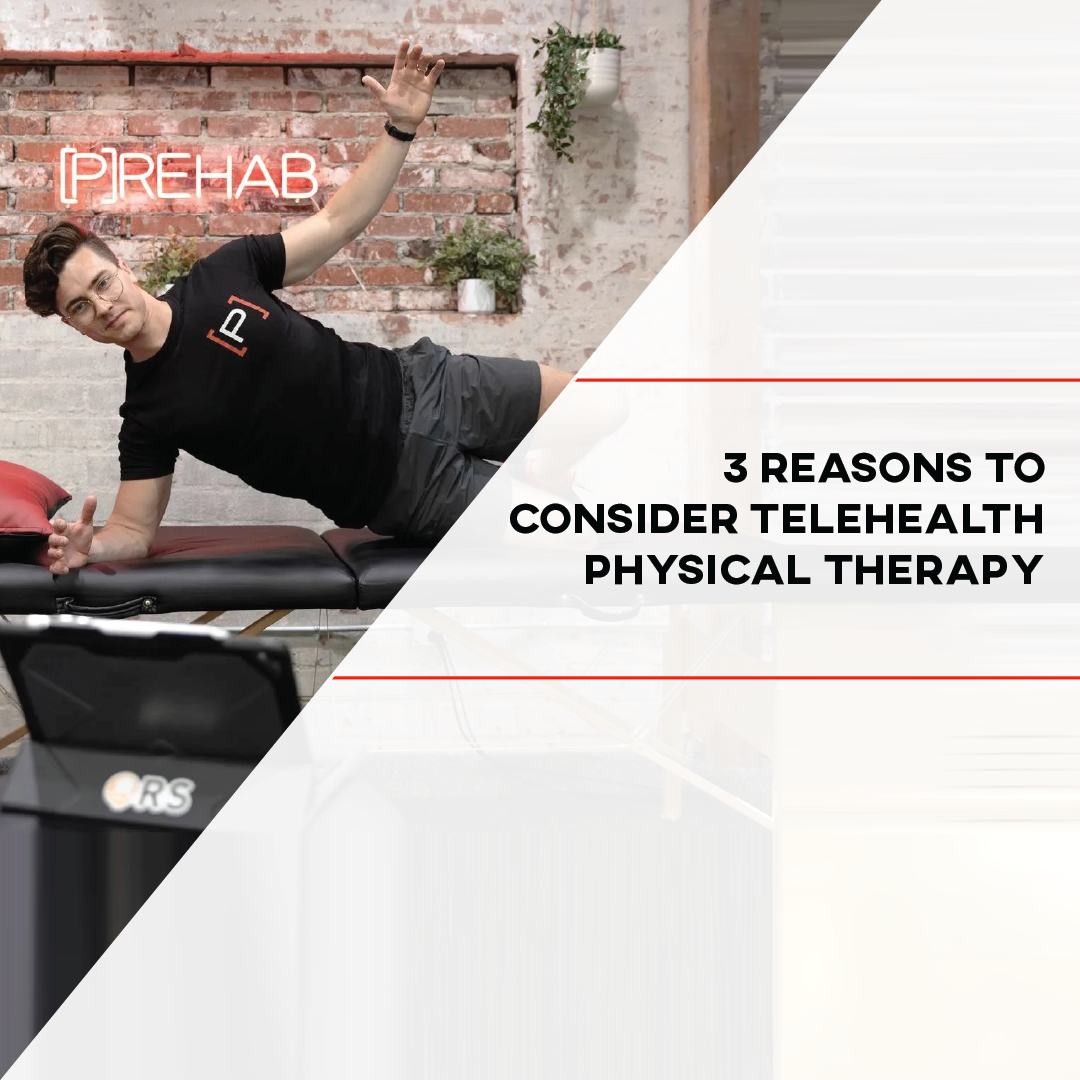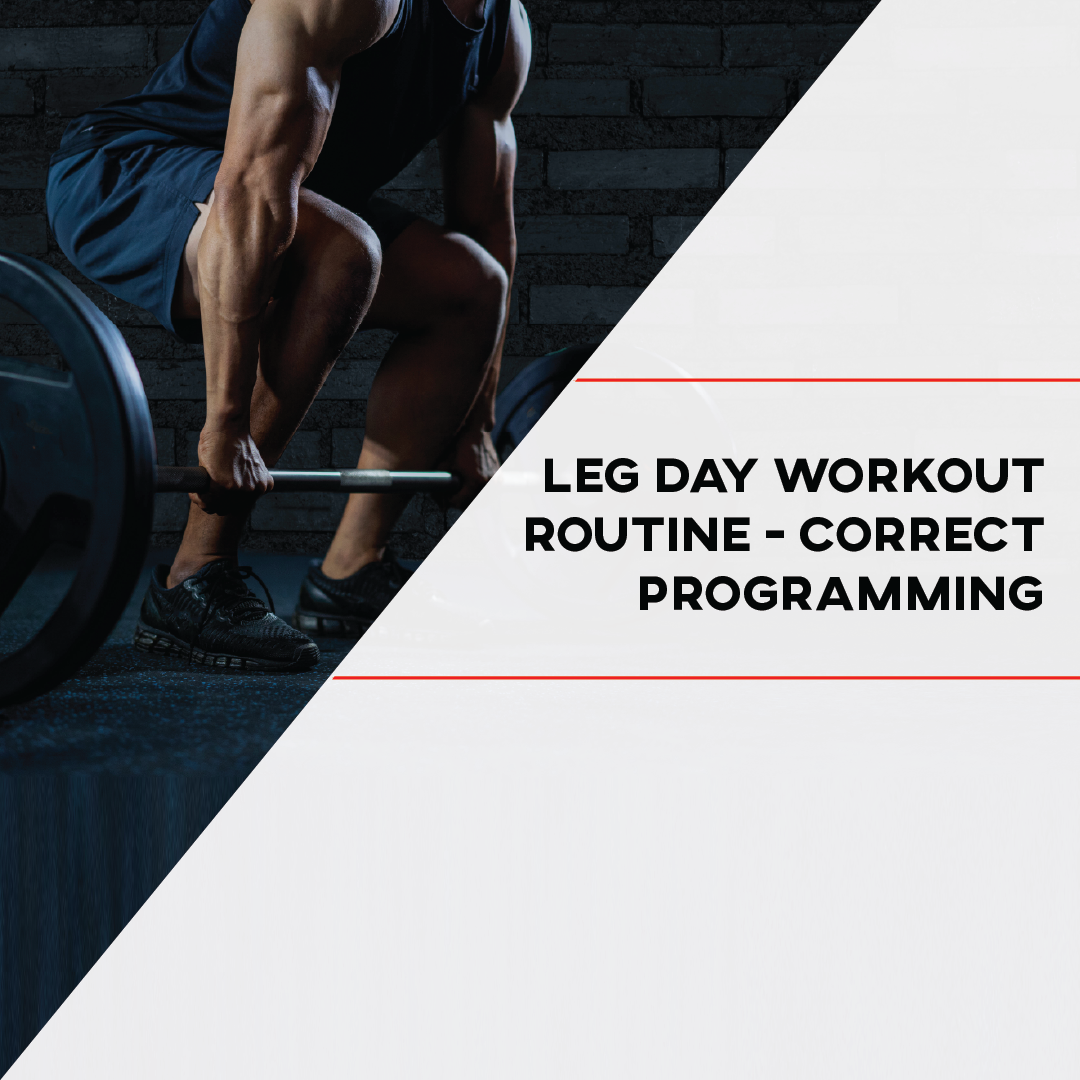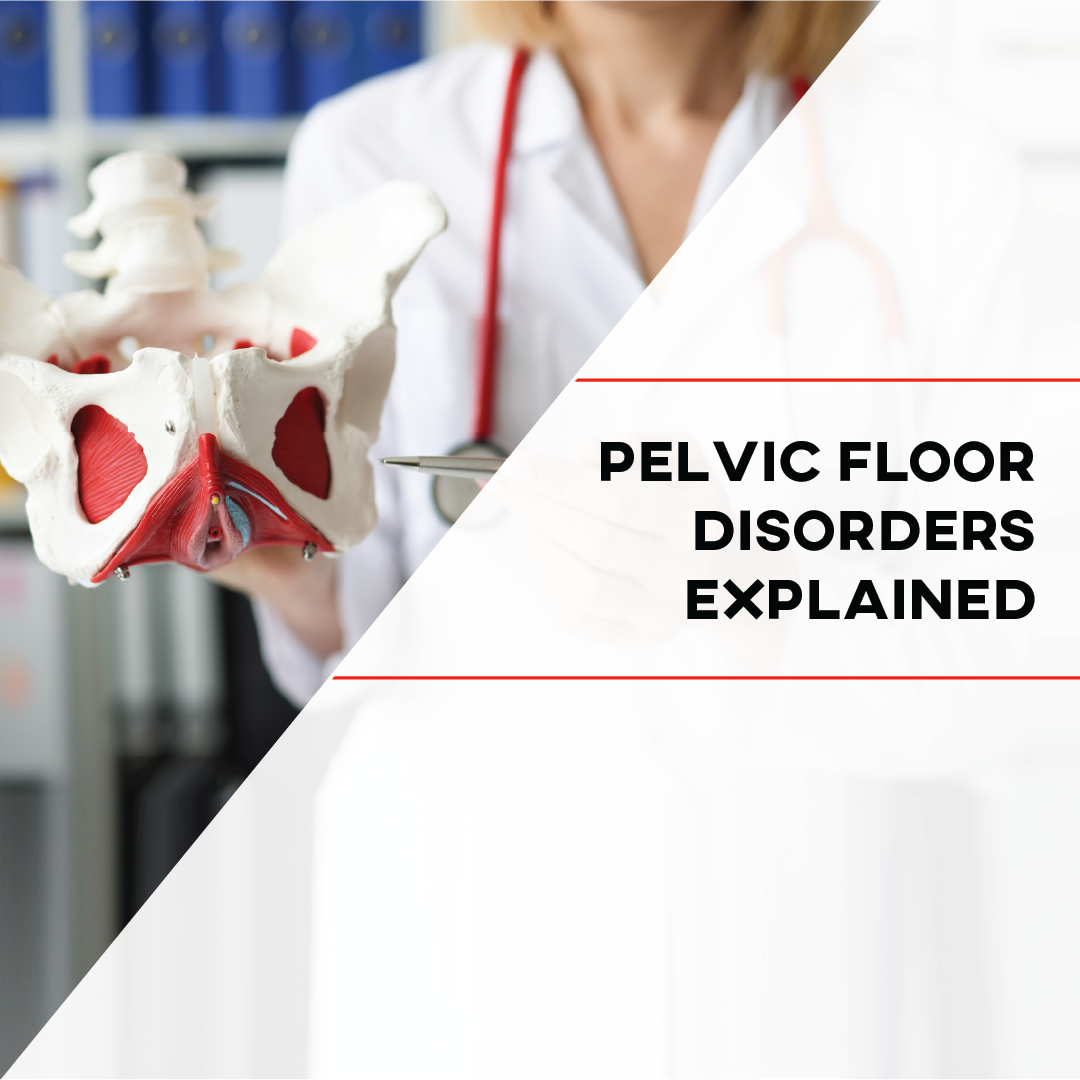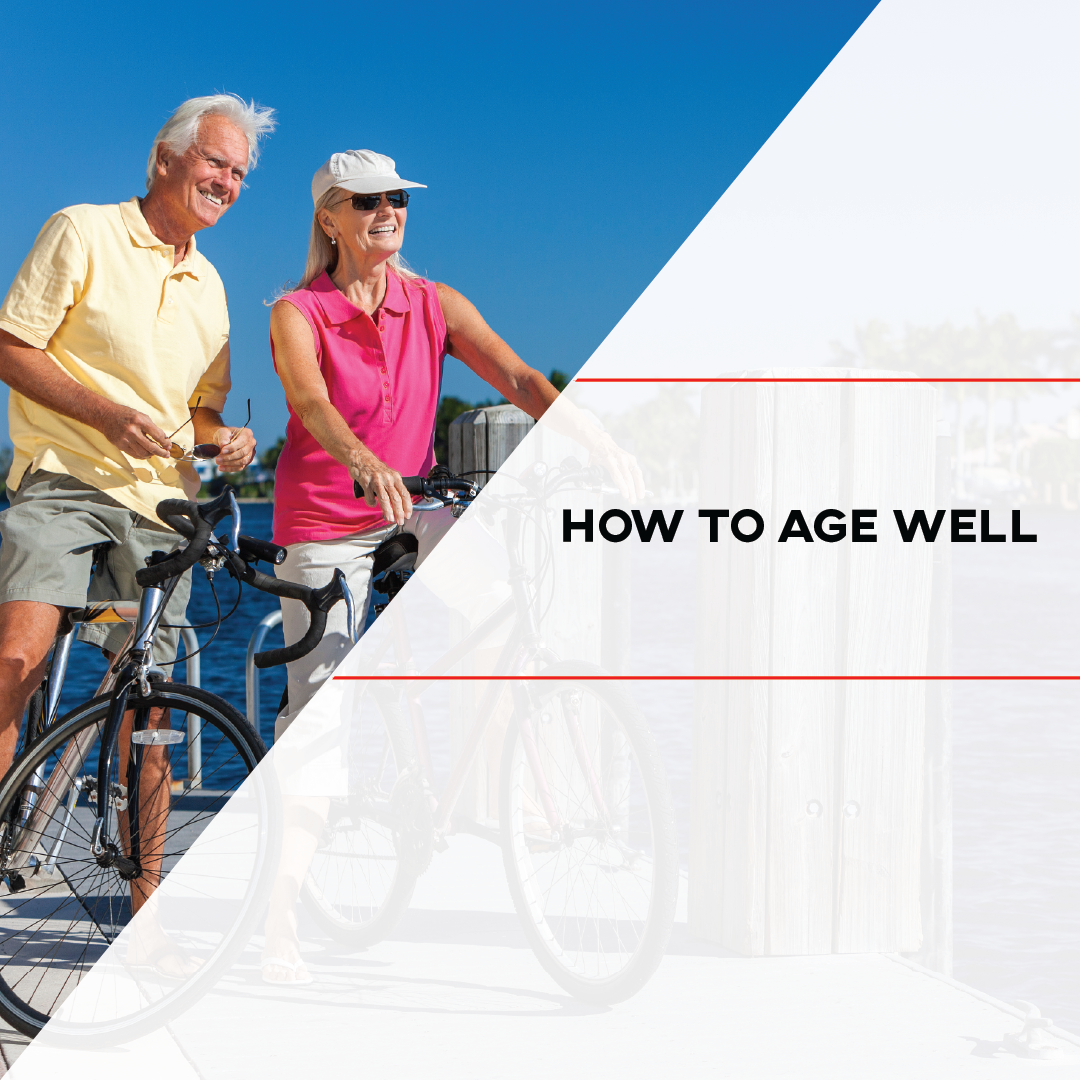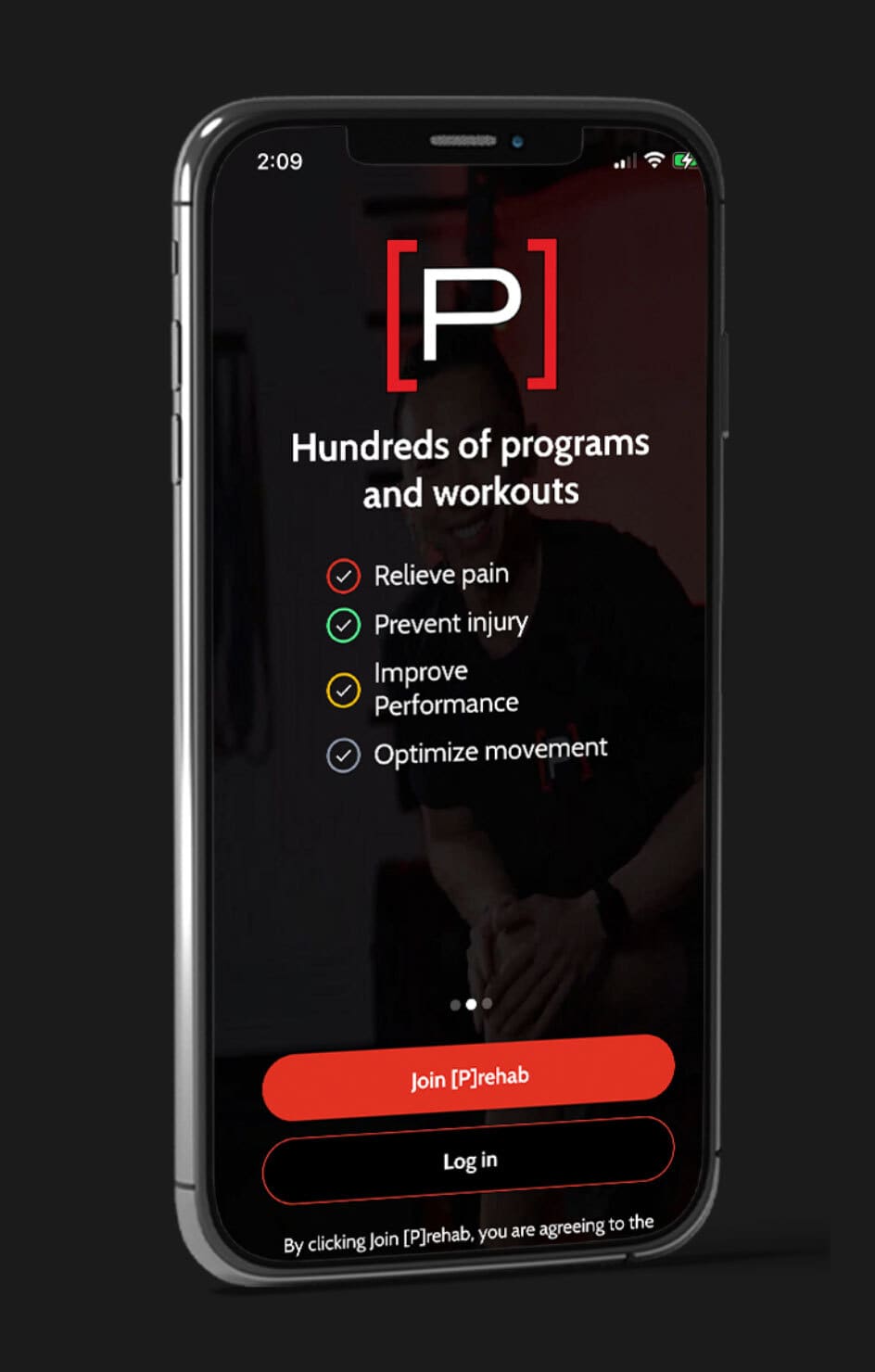June 9, 2025
Thumb Arthritis and What to Do About It
by Lyndsay Provencio PT, DPT
Opening a jar, responding to a text, and picking up a dumbbell. What do all of these activities have in common? For many, these are simple weekly tasks. For all, they involve the use of our thumb! When we really [...]
May 26, 2025
Active vs. Passive Treatment for an Injury: What’s the Important Difference?
by John Schaefer PT, DPT, OCS, CSCS
If you’ve ever been sidelined by pain or injury, chances are you’ve asked yourself: how can I speed up my recovery and prevent injuries like this from happening in the future? I’ve asked these questions too. Having broken five bones [...]
May 12, 2025
The Crucial Difference in ACL Grafts and Why this Affects Recovery
by Tommy Mandala PT, DPT, SCS, OCS, CSCS
An ACL injury affects you mentally as much as it does physically. Many ACLers feel like they’ve suddenly had a weight dropped on them as they try to navigate the thousands of decisions required to make a successful recovery. In [...]
April 28, 2025
Essential Exercises for your Posture during Pregnancy and Postpartum
by Lyndsay Provencio PT, DPT
As I sit here at my computer beginning this blog, I can’t help but be mindful of my posture. If I slouch for a bit, can I then remind myself to pull my shoulder blades together and sit tall for [...]
March 31, 2025
Must-Do Exercises to Master Overhead Lifting
by Ryan Nosak MS, CSCS
For anyone looking to build strength, power, and longevity in the gym, mastering overhead lifting is a must. Whether you’re pressing a barbell, carrying a child overhead, or just reaching for a suitcase in the overhead bin, this movement shows [...]
March 3, 2025
Safe Core Exercises During Pregnancy
by Lyndsay Provencio PT, DPT
You might feel nauseous, your feet might grow in size, you may feel very tired, you might experience urinary leakage, you could feel constipated, your back might begin to hurt, heartburn may creep up on you, oh and your core [...]
October 28, 2024
Shoulder Strengthening Exercises for Surfers
by Taryn Beaumont PT, DPT, CLT, CF-L2, CNC
Surf’s up! It’s a beautiful day, the sun is shining, and your surfboard is waxed and ready to catch some waves. You hit the water and start to paddle, and boom – sudden onset of shoulder pain. What in the [...]
September 16, 2024
Pickleball Warm Up to Stay Injury Free
by Tommy Mandala PT, DPT, SCS, OCS, CSCS
Pickleball has been the fastest-growing sport in America for each of the last 3 years. As millions of people of all ages pick up this sport for the time there are a whole host of physical and psychological benefits. As [...]
August 19, 2024
3 Reasons to Consider Telehealth Physical Therapy
by Tommy Mandala PT, DPT, SCS, OCS, CSCS
Traditional Physical Therapy is in need of an overhaul. A profession that was once built around manual treatments like massage & joint mobilizations along with modalities such as heat, ice, and electrical stimulation has evolved to recognize that movement is [...]
August 5, 2024
Leg Day Routine Done the Right Way
by Ryan Nosak MS, CSCS
Imagine it’s leg day, and you walk into the gym, greeted by the sight of squat racks, leg presses, and free weights. The air is filled with determination as gym-goers power through their routines. But while the enthusiasm is noticeable, [...]
July 22, 2024
Pelvic Floor Disorders Explained
by Lyndsay Provencio PT, DPT
A 26-year-old man is training for a 100-mile cycling race and is training 2-3 hours on his bike several days a week when he starts to notice that he has a difficult time initiating the flow of urine when using [...]
July 8, 2024
How to Age Well
by Taryn Beaumont PT, DPT, CLT, CF-L2, CNC
Are YOU aging gracefully, like a fine wine? Or do you feel that every day you wake up there is a new ache, pain, soreness or noise somewhere in your body? I would venture to guess that the latter is [...]
